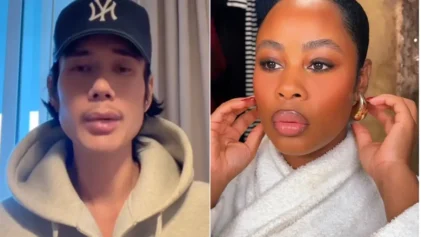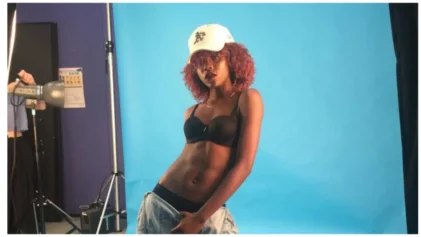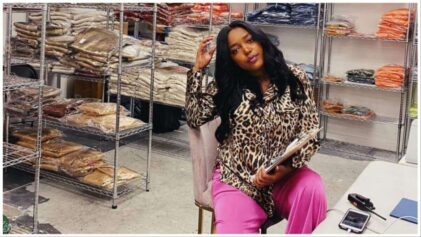Andre “perm your type 4 hair” Walker’s curl classification system is the current parlance of the online natural hair community. And, since one can’t click anywhere without running into a “2b-4z” hair conversation, we Lazy Naturals decided that we might as well make it work for us.
Curl typing boils down to using visual cues to make determinations about your hair. It’s a helpful marker for nailing down the basics, so we came up with ways to pimp out texture-typing to simplify your natural hair experience and amp up your wow factor. Sometimes, the best way to beat the system is to master it.
1. Make It Your Cheat Sheet:
Hair typing shorthand is easy to grasp if you keep your eye on the big picture and ignore the details (those pesky letters). It’s most useful for styling and moisturizing cues. Bottom line, most Black women fall into either the type 3 or type 4 categories. Type 3 curls range from big fat ringlets to pencil-sized spirals. Type 4 crosses over the curl border into kinks, which may have no discernible curl pattern. Coils are somewhere in the middle of type 4. The A, B, C lettering originally referred to thickness and strand size, but it’s now used to indicate the size of a curl or coil. (So a 3c is tighter than a 3a, and so on). That’s the Cliffs Notes version of the system. If you’re new to the natural world, use the system to figure out where your hair falls in the curly hair pantheon.
Be sure and examine a cross section of curls because the loose nature of the system means there are many discrepancies when it comes to categorization For example, popular and adorable video blogger Naptural85 describes her hair as “4a/4b” while we would place her in the “3c/4a” based on her wave pattern. Most people have multiple textures on their heads. The curlier your locks, the more fragile they are. Each bend or curve is a weak point on the hair strand. Contrary to popular belief, kinky hair is NOT coarse; it’s actually quite fragile and needs the gentlest care.
Get all the tips from Imani at tribecalledcurl.com



